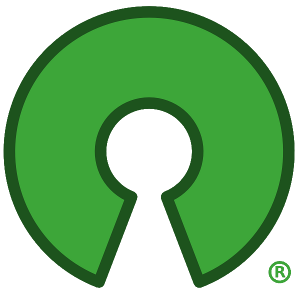

I used Traccar before switching to FMD. It used a lot of battery for somewhat inaccurate results in my case (might be phone related).
An average internet user


I used Traccar before switching to FMD. It used a lot of battery for somewhat inaccurate results in my case (might be phone related).


You need to install the client from F-Droid and it periodically polls your device for its location.


the only change I had to make was to add the config file to the volumes list:
services:
fmd-server:
image: registry.gitlab.com/nulide/findmydeviceserver:v0.7.0
container_name: fmd-server
volumes:
- data:/data
- ./fmd/data:/fmd/db/
- ./fmd/config/config.yml:/fmd/config.yml:ro
restart: unless-stopped
networks:
- fmd_server
# ports:
# - 8080:8080
# legacy
volumes:
data:
networks:
fmd_server:


https://gitlab.com/Nulide/findmydeviceserver, a FOSS and self-hosted alternative to location history. Particularly useful for finding my device which has no Google services on it.


I’m a bit ashamed of it, but Overwatch, I really enjoyed the multiplayer and played with some cool people I met in game. Stopped playing when OW2 released.
My second most played game is Destiny 2.
Maybe something is wrong with me…


Feren OS, a linux distro focused in customization. Started as a Linux Mint derivative, is now based on Ubuntu and/or Debian (I’m not really sure)


Before anything, you’ll want to create a folder for the unix socket: mkdir /var/run/ytproxy and chown it to your reverse proxy’s user and group.
The Docker files:
services:
piped-frontend:
image: 1337kavin/piped-frontend:latest
container_name: piped-frontend
environment:
BACKEND_HOSTNAME: $API_ENDPOINT
depends_on:
- piped
restart: unless-stopped
networks:
- proxy
piped-proxy:
image: 1337kavin/piped-proxy:latest
container_name: piped-proxy
environment:
- UDS=1
volumes:
- /var/run/ytproxy:/app/socket # unix socket location
user: 1000:1000
restart: unless-stopped
networks:
- proxy
piped:
image: 1337kavin/piped:latest
container_name: piped-backend
volumes:
- ./piped/config/config.properties:/app/config.properties:ro
depends_on:
- piped-db
restart: unless-stopped
networks:
- backend_piped
- proxy
piped-db:
image: pgautoupgrade/pgautoupgrade:16-alpine
container_name: piped-db
environment:
- POSTGRES_DB=$DB_NAME
- POSTGRES_USER=$DB_USER
- POSTGRES_PASSWORD=$DB_PASS
volumes:
- ./piped/pgdb:/var/lib/postgresql/data
restart: unless-stopped
networks:
- backend_piped
networks:
backend_piped:
proxy:
external: true
API_ENDPOINT= # no scheme prefix (ex. pipedapi.domain.example)
DB_NAME=
DB_USER=
DB_PASS=
To configure the reverse proxy (I use nginx), you can use Piped’s recommended files with your domains. The linked repo also contains a template for the required config.properties.
Let me know if you run into issues, I’ll be glad to help 🙂


I use a private Piped instance


We all have our own opinions :)
Can you give more details about mesh hubs? A quick search only returns stuff related to wifi.


None of those work on Android, which is where I’ll probably be the most active.
I’ve seen weechat recommended elsewhere too, I’ll probably use it as desktop client.


The Lounge is how I got into IRC and it’s very good! However, the web UI isn’t that great on mobile, which led me to check out Android IRC apps and bouncers to sync everything across clients.


Neo Launcher supports that, but has no new builds since 2022, though development is ongoing
Bring the dinosaur back